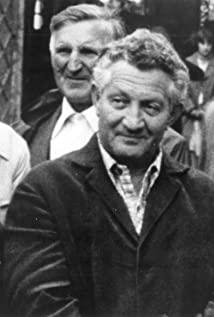first is the normal loading of trucks, which is usually 9 to 10 pieces per square foot. Sona’s models are very spacious. Appropriate, not because of overloading, but because full load affects the stability of the car. Therefore, it is necessary to reduce the loading space. It is necessary to reduce the loading space by 1 foot instead of reducing the loading quantity according to the current solution, which will extend the working time. Waste more carbon monoxide in useless space. On the other hand, if the loading space is reduced, and the warehouse package is strong, the operating time can be significantly reduced. In a discussion, the manufacturer told us that reducing the size of the rear of the car would Make the car out of balance. They say that the front axle will be overloaded. But in fact, the balance is automatically restored, because in foreign operations, the car shows a natural tendency to rush to the rear door. Field operation shows that basically all cars are Fall down there. So the front axle will not be overloaded.
Secondly, the light should be extra protected. The light bulb should be protected in the iron mesh cover to avoid damage. If the light bulb is of no use, it can be completely removed, but according to observations, it should be used as a warehouse When the door is closed, the goods always squeeze each other and move closer to the door. When darkness falls, the goods will rush to the door more severely, making it difficult to open the door. Of course, considering the warning effect of darkness, the door is closed. The sound is always constant while
driving, and turning on the lights is the best solution. Third, in order to facilitate cleaning of the vehicle, there must be a sealed sewage pipe in the middle of the compartment floor. The diameter of the sewage outlet cover is between 8 and 12 inches. An oblique valve is required to facilitate the draining of liquids. In actual cleaning, the sewage pipe can be used to drain large pieces of soil. The
above technical adjustments only need to be implemented when repairing vehicles in active service. The ten new cars ordered by (Saurer) must be improved and changed based on the necessary experience and usage requirements. They must be submitted to the Chief of D Section of the Second Division of the Central Security Bureau for consideration-the
commander of the SS First Assault Brigade, Walter Law Husband
----Sign: Agree"
Such a simple and rigorous truck modification report actually refers to the modification of the poison truck truck used for the massacre of Jews in the concentration camps in Finland.
View more about Shoah reviews








